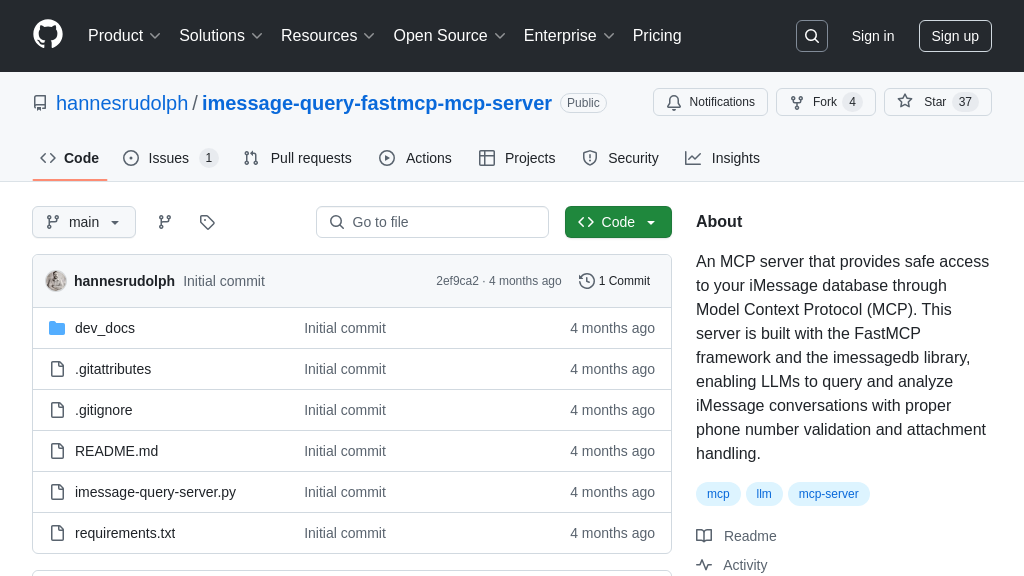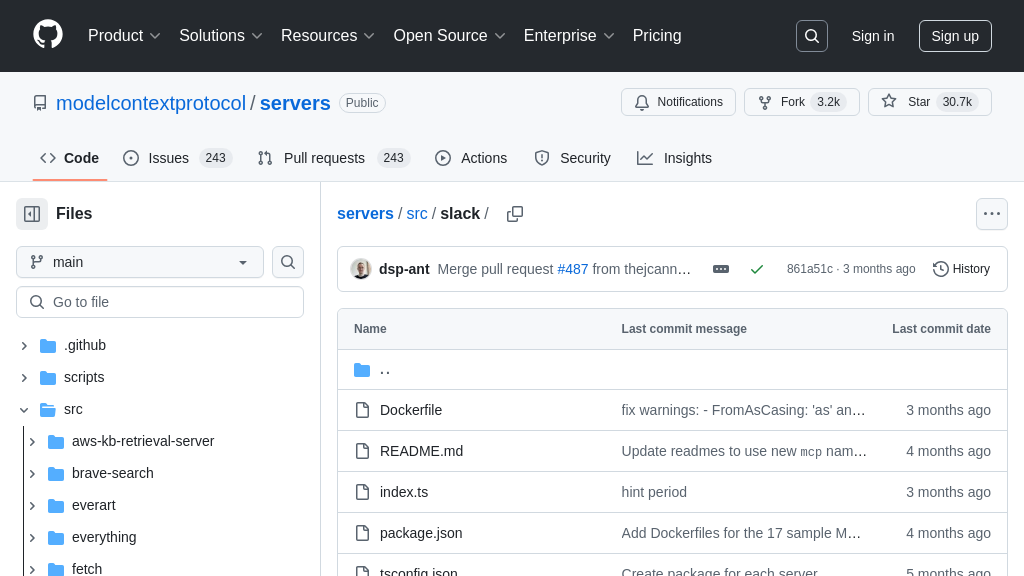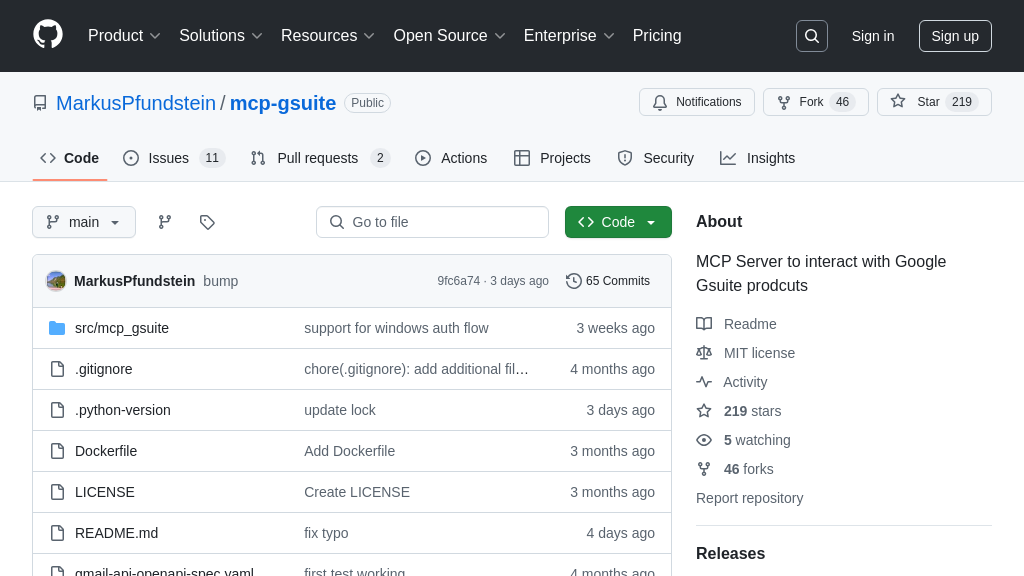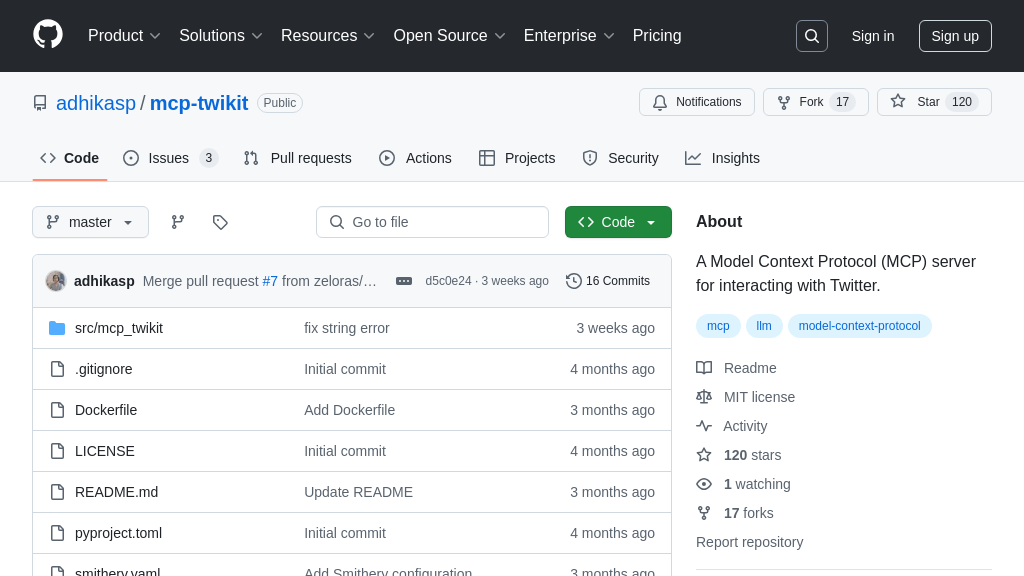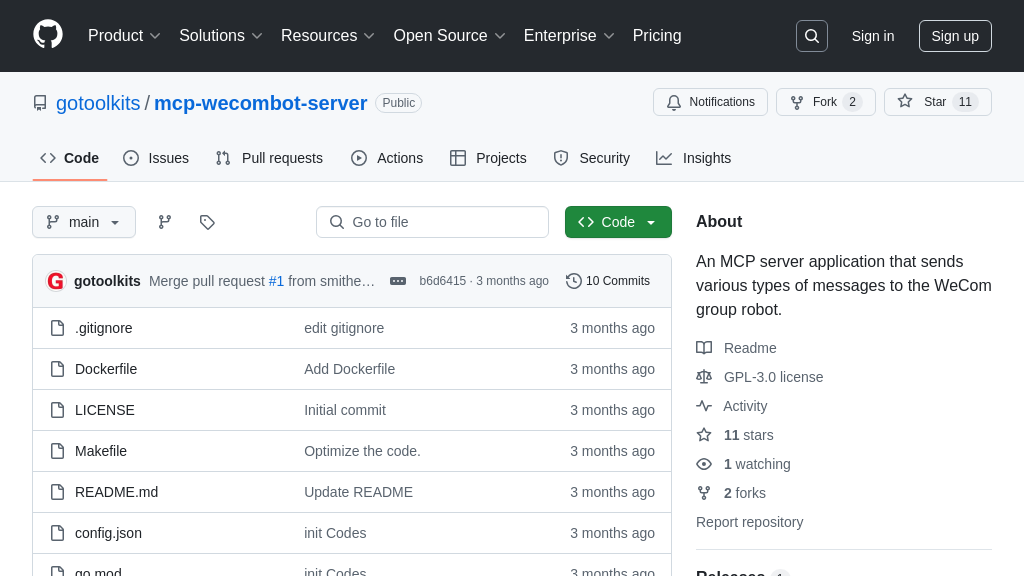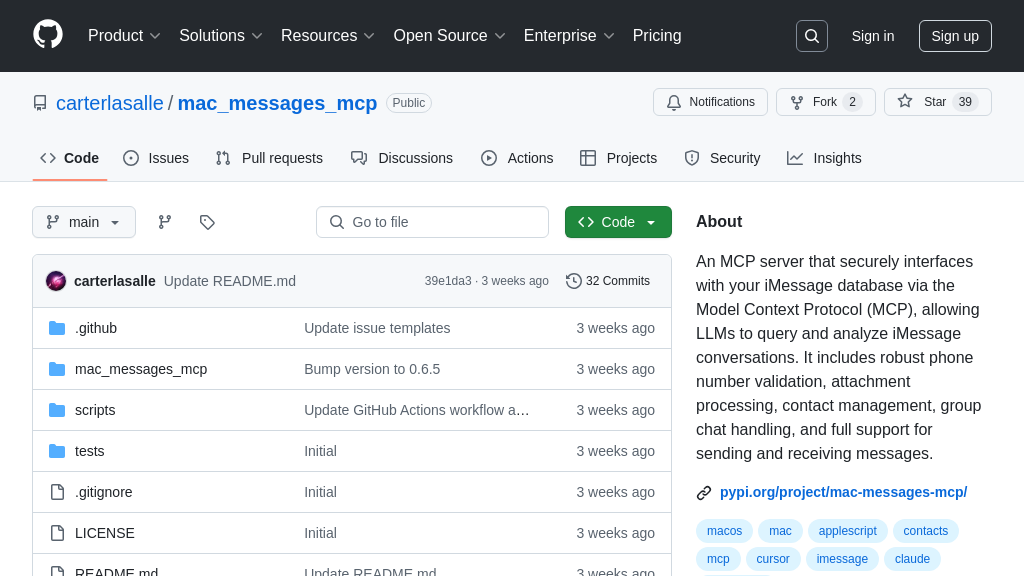gtasks-mcp
gtasks-mcp: Seamless Google Tasks integration for AI models via MCP. Automate task management with Claude.
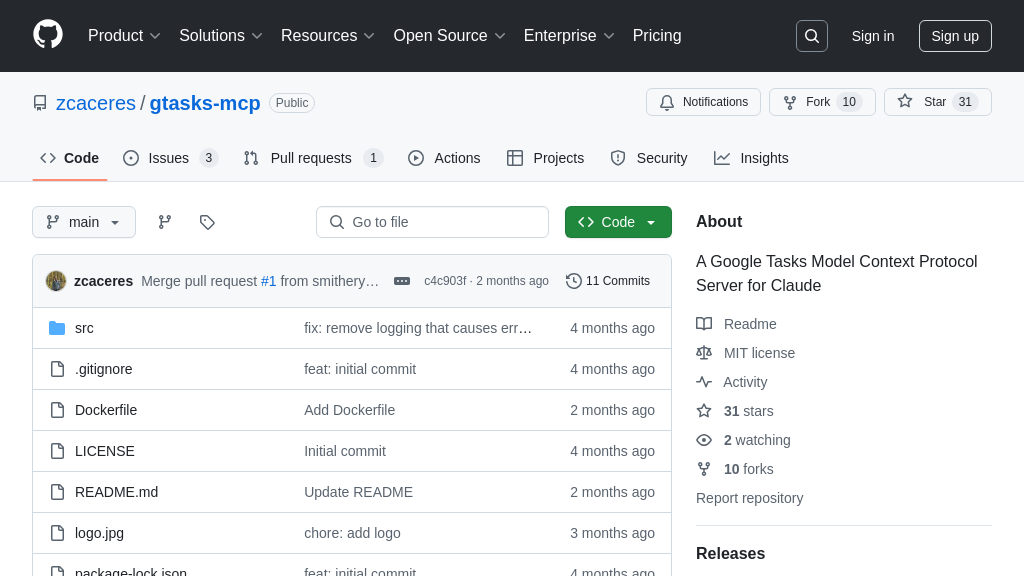
gtasks-mcp Solution Overview
gtasks-mcp is a Google Tasks MCP server designed to seamlessly integrate task management capabilities into AI models like Claude. As a server within the MCP ecosystem, it empowers AI models to interact with Google Tasks, enabling them to list, search, create, update, and delete tasks. This unlocks powerful functionalities such as AI-driven task scheduling, reminders, and collaborative task management.
The server exposes tools for searching tasks using keywords, listing all tasks with pagination support, creating new tasks with titles, notes, and due dates, updating existing tasks, deleting tasks, and clearing completed tasks. It represents tasks as resources accessible via URIs, allowing AI models to read and manipulate task details.
By leveraging gtasks-mcp, developers can build AI applications that intelligently manage user tasks, automate workflows, and enhance productivity. The server is built with TypeScript and integrates with the Google Tasks API using OAuth 2.0 for secure authentication. Its installation is simplified through Smithery, and integration with desktop applications is straightforward via server configuration.
gtasks-mcp Key Capabilities
Task Management Integration
The gtasks-mcp server provides a seamless bridge between AI models and Google Tasks, enabling the AI to directly manage and interact with a user's task list. This integration allows the AI to list, search, create, update, and delete tasks, effectively acting as a task management assistant. The server leverages the Google Tasks API, abstracting away the complexities of the API and providing a simplified interface for AI models to consume. This allows AI models to focus on understanding user intent and managing tasks accordingly, rather than dealing with the intricacies of the Google Tasks API.
For example, a user could ask an AI assistant to "add 'Buy groceries' to my task list with a due date of tomorrow." The AI would then use the create tool to add the task to the user's Google Tasks account.
Contextual Task Retrieval
The search and list tools enable AI models to retrieve tasks based on specific queries or to simply list all tasks. This is crucial for providing context to the AI, allowing it to understand the user's current tasks and priorities. The search tool allows for targeted retrieval of tasks based on keywords, while the list tool provides a comprehensive overview of all tasks. The optional cursor input for the list tool supports pagination, allowing the AI to efficiently handle large task lists.
Imagine an AI model is helping a user plan their day. It can use the list tool to retrieve all the user's tasks and then use the search tool to find tasks related to a specific project or topic. This allows the AI to provide relevant suggestions and prioritize tasks based on the user's current context.
Automated Task Updates
The update tool allows AI models to modify existing tasks, such as changing the title, notes, status, or due date. This enables the AI to automate task management based on user input or changing circumstances. The tool requires the task's ID and URI, ensuring that the correct task is being modified. The ability to update the task status to "completed" or "needsAction" allows the AI to track progress and manage task workflows.
For instance, if a user tells the AI "Mark 'Send email to John' as completed," the AI can use the update tool to change the task's status to "completed" in Google Tasks. This automation streamlines task management and keeps the user's task list up-to-date.
Technical Implementation
The gtasks-mcp server is built using TypeScript and JavaScript, providing a robust and maintainable codebase. The server utilizes the Google Tasks API and requires proper authentication via OAuth 2.0. The provided instructions for setting up a Google Cloud project, enabling the Google Tasks API, and configuring OAuth credentials ensure a secure and authorized connection to the user's Google Tasks account. The use of npm for package management and build processes simplifies the installation and deployment of the server.
